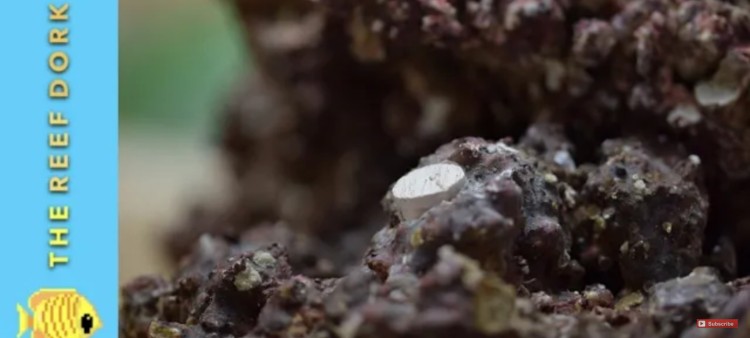How to Drill Real Reef Rock?
- Mar 28, 2022
- Anshika Mishra
- 219 0 0

Can you drill real reef rocks? The benefit of doing so is that you can hide the frag plugs, which sit nice and flush and don't look unsightly.
But, it is quite expensive, along with being brittle. Therefore, you don't want to experiment and see if it works for you.
Here, we will teach you how to drill Plating, Branching, and normal reef rock. So, let's take a look and see if it works:
Plating Rock
Starting with plating rock, off end drills to small pilot holes, the rest of the stone on sound to support it and reduce the risk of breakage.
Twinning pilot holes is the safes way to do this, but you can also gro straight in with a larger drill bit to match the size of your fag plug.
Branching Rock
Branching rock, unlike the plating rock, is a whole different story together. It is dense. Therefore drilling is hard work.
It can take a lot of time to make a small dent in the rock. Please take care of your safety while drilling and ensure you don't drill towards your hand.
Along with being dense, the rock isn't very wide, so you have to be careful not to snap this stuff. Slow and steady is the name of the game, and you will have to drill for good 5-minutes.
Standard Shaped Rock
The classic shaped rock is mostly made up of small pieces of wall. So, you have to choose a spot carefully, and it is recommended to drill a pilot hole too strongly.
But, if you do choose your spot right, it does work, and the plug sits nicely.
Word to the Wise
If you cannot drill a hole as deep as a frag plug, cut its bottom with a pair of wire cutter players or choose a thin SPS coral to sit in the shower holes.
If your rock breaks in the process, you can simply stick it back with super glue and you will never know it had snapped in the first place.
When the corals grow on the rock, you can pull the original plug out, set up and put a new plugin in the hole and repeat the process for a bit of extra pocket money






About author